Blog description in detail:
When it comes to designing packaging boxes, several important factors should be taken into consideration. These include the purpose of the packaging box, branding considerations, functional requirements, aesthetics considerations, and printing techniques.
Packaging Box Design Considerations
Packaging box design considerations refer to the factors that should be considered when designing a packaging box. These factors include the purpose of the packaging box, branding considerations, functional requirements, aesthetics considerations, and printing techniques.
Purpose of Packaging Box
The purpose of a custom packaging box is to protect the product during transportation and storage while also attractively presenting the product to the end consumer. The packaging box must provide adequate protection to the product while being shipped from the manufacturer to the end consumer. The packaging box should also provide a good unboxing experience to the consumer.
Branding Considerations
Branding considerations are essential when designing a packaging box. The packaging box should reflect the brand's overall visual identity, including colours, typography, and imagery. The brand's logo should be prominently displayed on the packaging box.
The packaging box should also align with the brand's marketing objectives. For example, if the brand targets eco-conscious customers, the packaging box should reflect the brand's commitment to sustainability.
Functional Requirements
Functional requirements refer to the product's specific needs that the custom packaging boxes must fulfil. For example, if the product is fragile, the packaging box should be designed to protect the product during transportation. The packaging box should be designed to maintain freshness and prevent contamination if the product is food.
Aesthetics Considerations
Aesthetics considerations refer to the visual design of the packaging box. The packaging box should be visually appealing and reflect the product's qualities and characteristics. For example, if the product is luxurious, the packaging box should be designed with high-quality materials and elegant finishes. Colour selection is also an important consideration. The packaging box's colours should be chosen based on the product's target audience, brand identity, and the emotions the brand wants to evoke in the customer.
Packaging Box Printing Techniques
Packaging box printing techniques refer to the different methods used to print designs, text, and images onto the packaging box. The most common printing techniques for packaging boxes include flexographic, offset, digital, screen, and gravure printing. Each printing technique has its advantages and disadvantages. Flexographic printing is commonly used for printing on corrugated boxes because it can print large areas of solid colour. Digital printing is better suited for short runs and can print intricate designs with fine details.
Designing a packaging box requires creativity, technical expertise, and knowledge of the product's requirements. By considering the purpose of the packaging box, branding elements, functional requirements, aesthetics, and printing techniques, brands can create packaging boxes that effectively protect and transport their products while also serving as powerful marketing tools.
Packaging Boxes Wholesale Design: Minimalism versus Maximalism
Minimalism and maximalism are two design approaches that can be applied to packaging design. While minimalism is characterised by simplicity and minimal use of visual elements, maximalism embraces excess and an abundance of design elements. Let’s discuss the differences between minimalism and maximalism in packaging design and the advantages and disadvantages of each approach.
Minimalism in Packaging Design
Clean lines, simplicity, and a limited colour palette characterise minimalism in packaging design. Minimalist packaging design relies on the idea that less is more, focusing on creating a simple, elegant design that showcases the product.
Advantages of Minimalism in Packaging Design
One of the main advantages of minimalism in packaging boxes for small business is that it can create a sense of sophistication and elegance. Minimalist packaging designs can feel more luxurious and high-end by focusing on simplicity. Minimalist packaging designs are also often more timeless, relying on classic design principles that do not go out of style. Another advantage of minimalist packaging design is that it can help to reduce packaging waste. Minimalist packaging designs often use fewer materials and are more efficient to produce, which can reduce the environmental impact of the packaging.
Disadvantages of Minimalism in Packaging Design
One of the disadvantages of minimalist packaging design is that it can be challenging to create a design that stands out in a crowded market. Minimalist packaging designs are often subtle, and it must be challenging to create a design that catches the eye of consumers and communicates the brand's message effectively. Another disadvantage of minimalist packaging design is that it may only suit some products well. Some products require more visual elements to communicate their features and benefits effectively, and more than a minimalist design may be required.
Maximalism in Packaging Design
Maximalism in packaging design uses bold colours, patterns, and graphic elements. Maximalist packaging designs are often playful, vibrant, and attention-grabbing.
Advantages of Maximalism in Packaging Design
One of the main advantages of maximalism in packaging design is that it can create a strong visual impact and stand out in a crowded market. Maximalist packaging designs are often more memorable and can help to create a sense of excitement and anticipation for the product. Another advantage of maximalist packaging design is that it can be a useful tool for creating a brand identity. Using bold colours, patterns, and graphics, brands can create a unique and recognisable visual style that differentiates them from their competitors.
Disadvantages of Maximalism in Packaging Design
One of the disadvantages of maximalist packaging design is that it can be overwhelming and confusing for consumers. If a maximalist design is too busy or chaotic, it may be easier for consumers to understand the product or brand message. Another disadvantage of maximalist packaging design is that it can be more expensive and time-consuming to produce. Maximalist packaging designs often require more design work and may use more materials, which can increase the cost of production. Both minimalism and maximalism have their advantages and disadvantages in packaging design. Minimalist designs can create a sense of elegance and sophistication while reducing packaging waste, but they may need help to stand out in a crowded market. Maximalist designs can create a strong visual impact and help to create a unique brand identity, but they can be overwhelming and more expensive to produce. Ultimately, the design approach should be chosen based on the product, target audience, and brand identity.
Designer Packaging Boxes with Minimalist Fonts and Typefaces
Minimalist fonts and typefaces are popular in modern design, particularly branding and packaging. Minimalism in typography emphasises simplicity, clarity, and legibility, using minimal design elements to convey a clear message. This section will discuss some of the most popular minimalist fonts and typefaces for design.
Helvetica
Helvetica is a classic sans-serif typeface that designers have loved for decades. Its clean lines and straightforward design make it a popular choice for minimalist branding and designer boxes packaging. Helvetica is versatile and can be used in various contexts, making it an excellent choice for designers who want a reliable, timeless typeface.
Arial
Arial is a popular sans-serif typeface that is similar in design to Helvetica but has a slightly different feel. Arial is known for its clean, modern look and is often used in digital and print designs. It is a good choice for minimalist designs that require a typeface that is easy to read and looks professional.
Proxima Nova
Proxima Nova is a modern, geometric sans-serif typeface that has become popular recently. It has a clean, minimalist design with a slightly futuristic feel. Proxima Nova is a versatile typeface that works well in various contexts, including branding, packaging, and web design.
Montserrat
Montserrat is a sans-serif typeface with a minimalist design that is similar to Helvetica but has a slightly more geometric feel. It is a popular choice for minimalist branding and packaging, with its clean lines and legible design. Montserrat is also a Google font, which makes it easily accessible to designers who want a free, minimalist typeface.
Avenir
Avenir is a geometric sans-serif typeface with a clean, minimalist design. It resembles Proxima Nova and Montserrat but has a slightly more elegant feel. Avenir is a popular choice for branding and packaging, particularly in the luxury and high-end industries.
Lato
Lato is a sans-serif typeface with a minimalist design similar to Proxima Nova and Montserrat but slightly more rounded. It is a popular choice for web design and is known for its legibility and simplicity.
Futura
Futura is a geometric sans-serif typeface with a minimalist design created in the 1920s. It has a clean, modern look is a popular choice for minimalist branding and packaging. Many famous brands, including Volkswagen and Absolut Vodka, have used Futura.
Minimalist fonts and typefaces are an excellent choice for modern design, particularly in branding and packaging. They emphasise simplicity and clarity, making them easy to read and communicate a clear message. The fonts and typefaces listed above are just a few examples of the many minimalist options available to designers, and each has its unique features and characteristics. When choosing a minimalist font or typeface, it is important to consider the context, target audience, and brand identity to ensure the design is effective and communicates the intended message.
Minimalism vs Maximalism: Which is Better for Your Cardboard Box Packaging?
Deciding between minimalist and maximalist design trends for brand packaging in the US depends on various factors, including the brand identity, target audience, and industry. Now, let’s discuss the pros and cons of each design trend to help you make an informed decision for your brand packaging.
Pros of Minimalism Packaging Box Design
Minimalist design is clean, simple, and easy to read, making it an excellent choice for conveying a clear message and creating a strong brand identity. The minimalist design emphasises functionality over aesthetics, which can be ideal for practical products that need to convey a sense of reliability and trustworthiness. Minimalist box packaging is often associated with luxury and high-end products, which can help create a premium brand image.
Cons of Minimalism Packaging Box Design
Minimalist design can be perceived as cold and uninviting, which may not be suitable for brands that want to create a warm and friendly image. Minimalist packaging can sometimes lack visual interest and may not stand out.
Pros of Maximalism Packaging for your brand
Maximalist design is bold, colourful, and eye-catching, which can help your brand packaging stand out from the competition and attract attention. Maximalist design can create a sense of excitement and anticipation, making it ideal for brands that want to create a fun and playful image. Maximalist packaging can be an excellent way to express creativity and show off your brand's personality.
Cons of Maximalism Packaging for your brand
Maximalist design can be overwhelming and confusing, making it difficult for consumers to understand the product's purpose and benefits. Maximalist packaging can be perceived as cheap or low-quality if not executed properly. Incorporating minimalist or maximalist design trends into your brand packaging in the US depends on various factors, including your brand identity, target audience, and industry. Both design trends have pros and cons, and the best choice for your brand will depend on your specific goals and objectives. Ultimately, any brand packaging aims to communicate the product's benefits and create a strong brand image that resonates with your target audience.
CustomBoxline to Follow Personalised Packaging Regulation
In the US, packaging regulations are in place to ensure that businesses take responsibility for the environmental impact of their packaging waste. The following are some of the key packaging regulations in the US that CustomBoxline follows strictly in its packaging process.
Producer Responsibility Obligations
PROs require businesses that handle over 50 tons of packaging per year and have over £2 million turnover to take responsibility for their packaging waste. This includes registering with an approved compliance scheme and paying a fee to cover the costs of collecting, recycling, and disposing of packaging waste. Businesses must also report on the amount of packaging waste they produce yearly.
Packaging Waste Regulations
The Packaging Waste Regulations apply to all businesses that handle packaging, regardless of the amount produced. Businesses must register with a compliance scheme and report on the amount of packaging they produce and the amount of packaging waste they recycle or recover. Compliance schemes provide support and advice on meeting the packaging waste recovery targets and reducing the environmental impact of packaging waste.
Essential Requirements
The Essential Requirements are part of the EU Packaging and Packaging Waste Directive and specify that packaging must be designed and produced to minimise environmental impact. This includes using sustainable materials, such as recycled or biodegradable materials, and minimising the amount of packaging used. Businesses must also ensure that packaging does not contain hazardous substances that could harm the environment or human health.
Packaging Waste Recovery Targets
The US government sets Packaging Waste Recovery Targets and requires businesses to recycle or recover a certain percentage of their packaging waste each year. The targets vary depending on the type of packaging, with higher targets for materials that are more difficult to recycle, such as plastics. Compliance schemes provide support and advice on how to meet the recovery targets.
Waste Electrical and Electronic Equipment (WEEE) Regulations
The WEEE Regulations require businesses to take responsibility for the disposal of electronic waste, including the packaging in which electronic products are sold. Businesses that handle electronic products must register with a compliance scheme and pay a fee to cover the costs of collecting, recycling, and disposing of electronic waste.
Hazardous Waste Regulations
The Hazardous Waste Regulations apply to businesses that produce or handle hazardous waste, including hazardous packaging. Businesses must use a specialist waste disposal service to dispose of hazardous waste safely and environmentally friendly. The regulations also require businesses to keep records of the hazardous waste they produce and dispose of. Complying with these packaging regulations is important for businesses to reduce their environmental impact and avoid potential legal and financial penalties. Failure to comply with the regulations can result in fines, prosecution, and damage to a business's reputation.
Future of Gift Box Packaging
The future of packaging boxes in the US will likely be influenced by several trends and factors, including sustainability, technology, and changing consumer preferences. Sustainability is expected to be a major driver of change in the packaging industry. As consumers become more environmentally conscious, businesses will need to focus on creating packaging that is recyclable, biodegradable, or made from sustainable materials. This will require innovative solutions, such as new materials and production methods, more efficient supply chains and recycling infrastructure.
Technology is also expected to play a significant role in the future of packaging boxes. Advances in automation, robotics, and artificial intelligence will likely increase efficiency and reduce waste in manufacturing and distributing packaging boxes. Additionally, digital technologies such as QR codes and smart packaging enable businesses to track products and engage with customers in new and innovative ways. The changing consumer preferences will likely drive the development of new packaging designs and features. As e-commerce grows, businesses must focus on creating functional and visually appealing packaging while protecting products during transportation.
Additionally, as consumers seek more personalised experiences, packaging boxes may become increasingly customised to reflect individual preferences and values. Packaging boxes' future in the US will likely be shaped by various factors, including sustainability, technology, and changing consumer preferences. By staying up-to-date with these trends and embracing innovation, businesses can position themselves for success in a rapidly evolving industry.


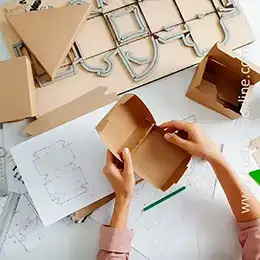
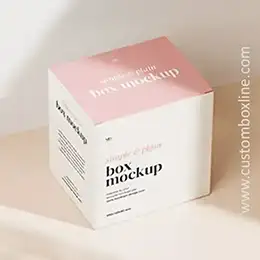
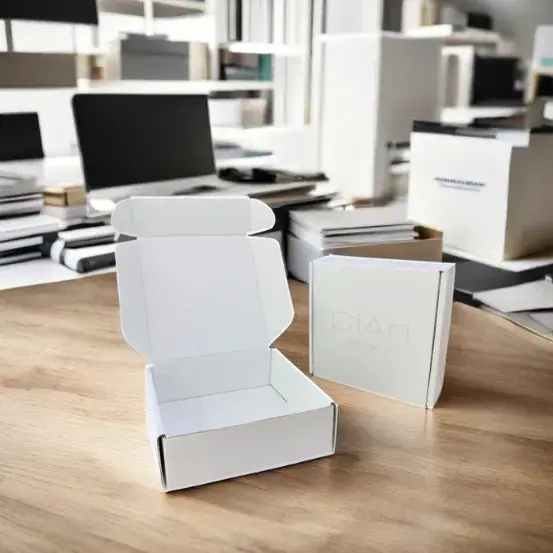

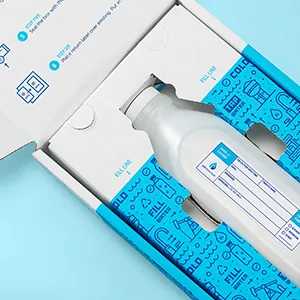
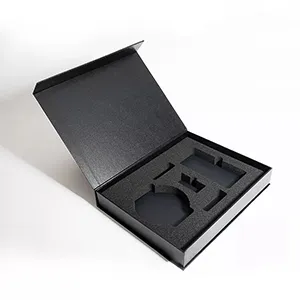
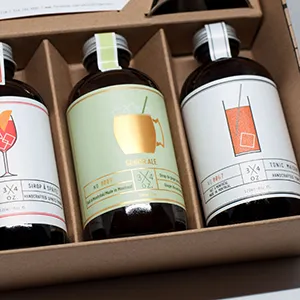
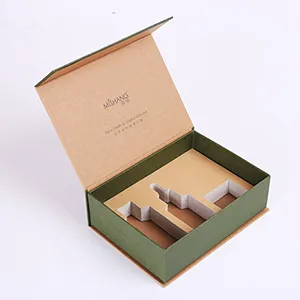


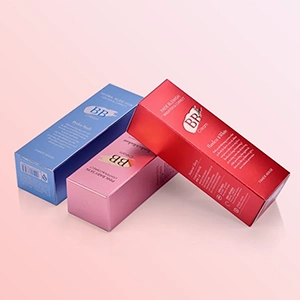
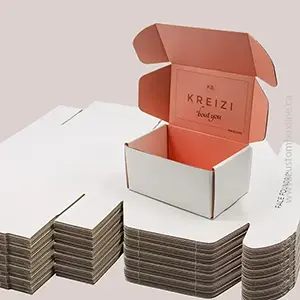

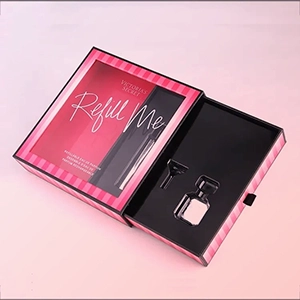








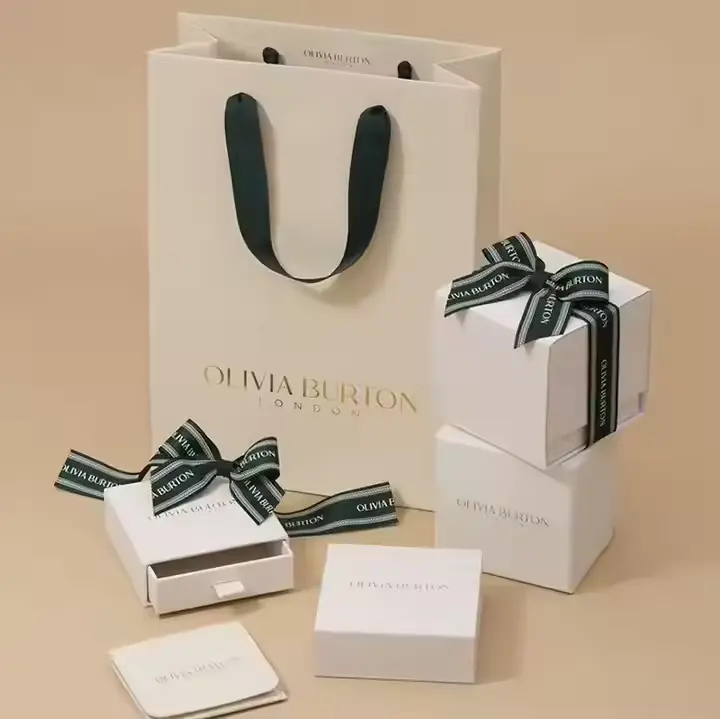
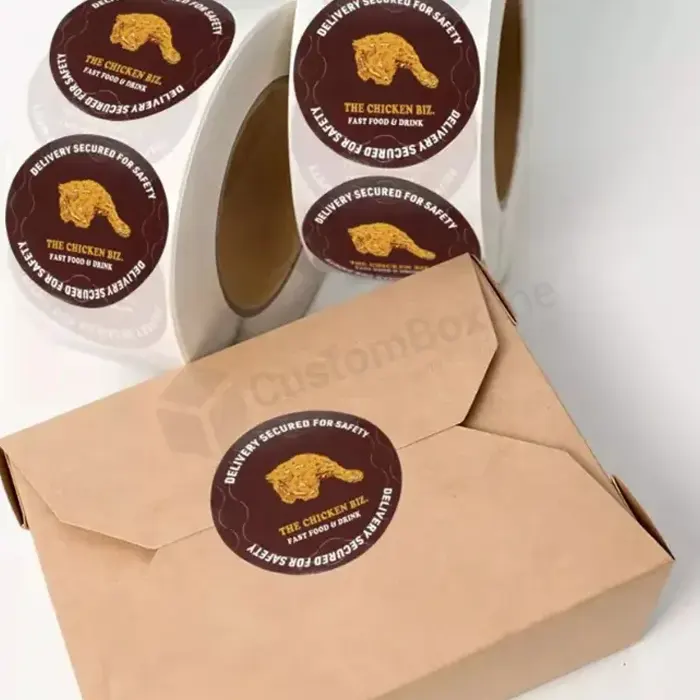
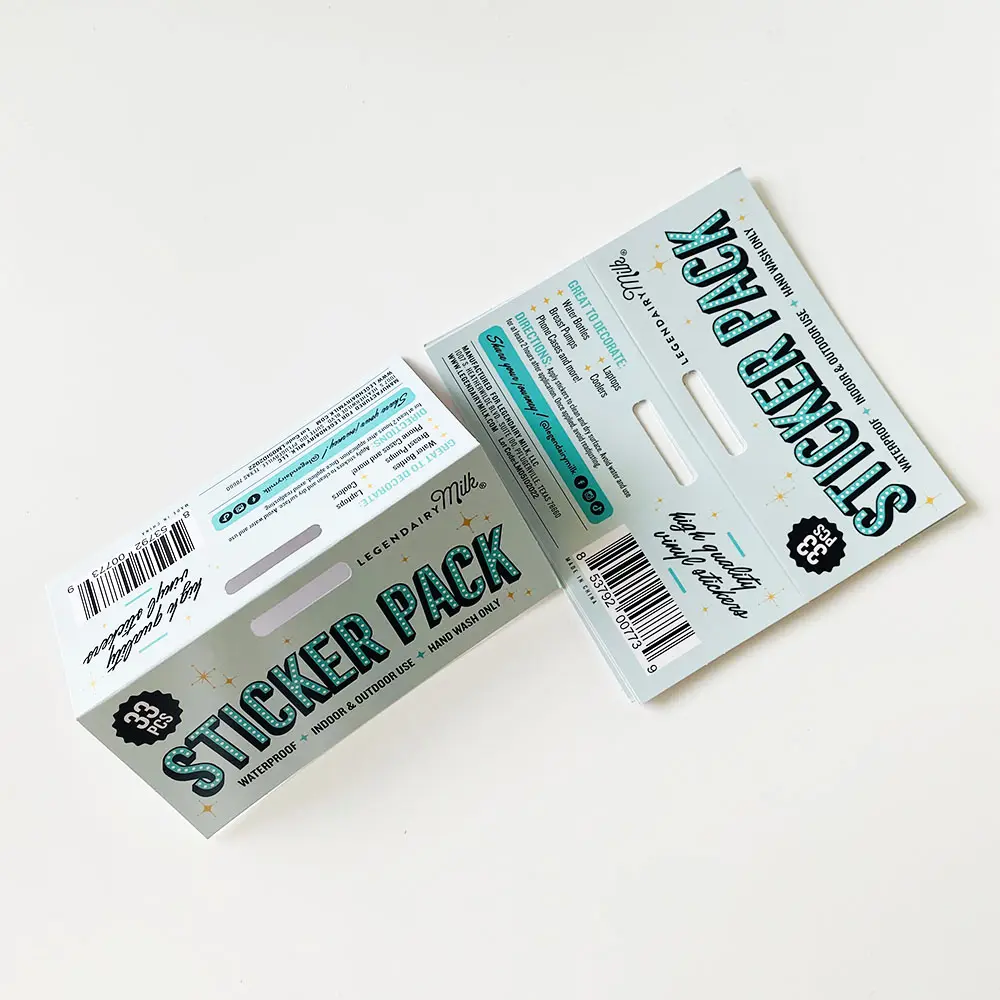
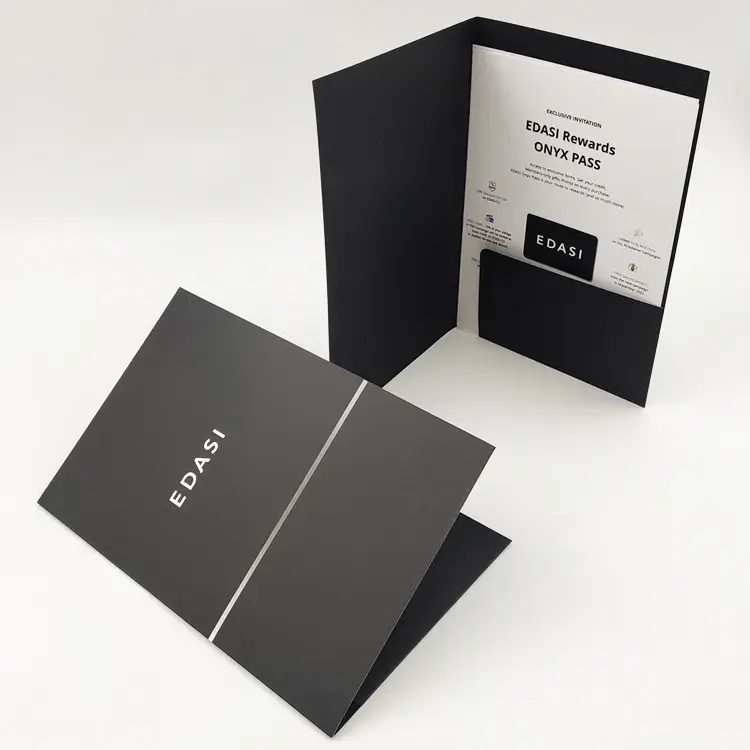
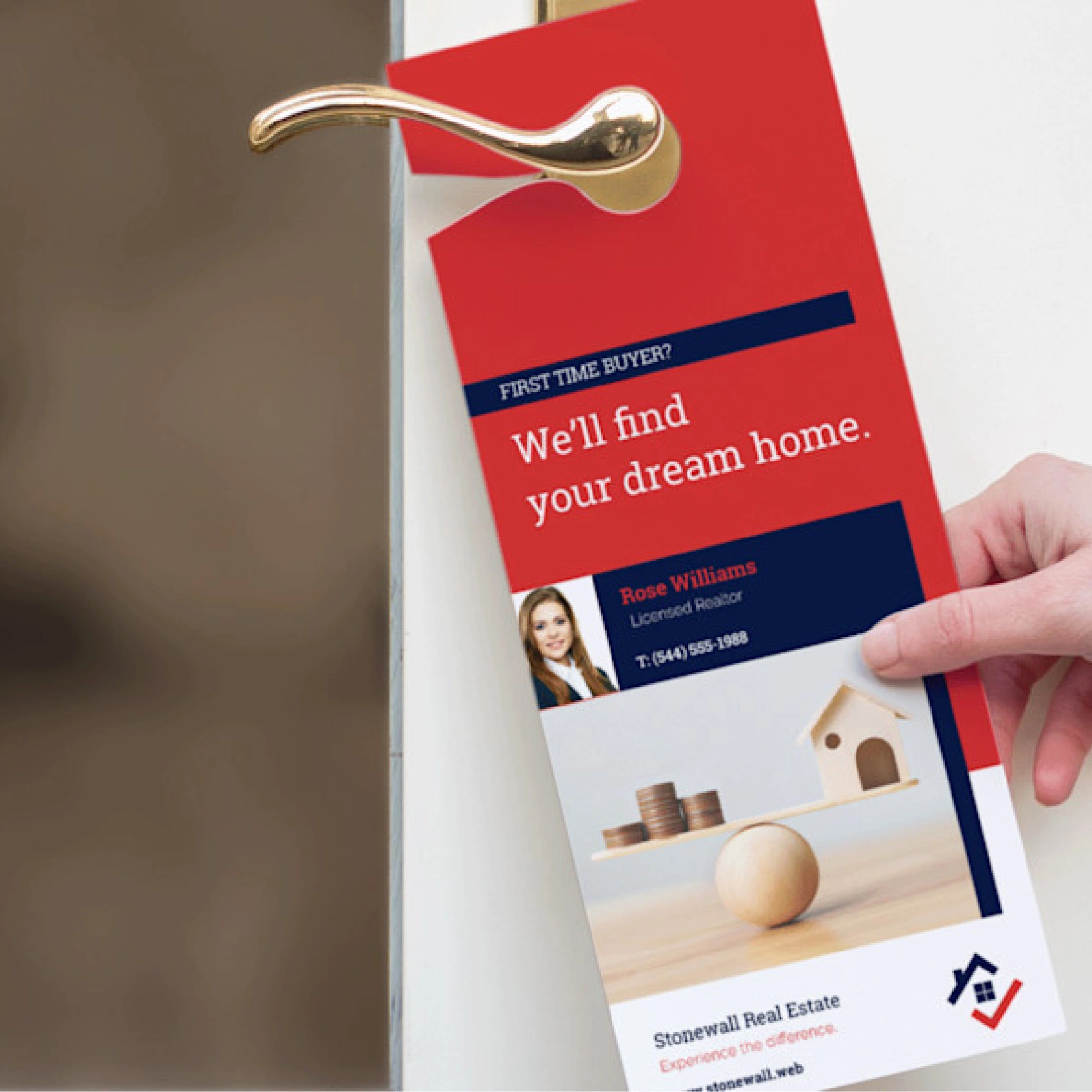
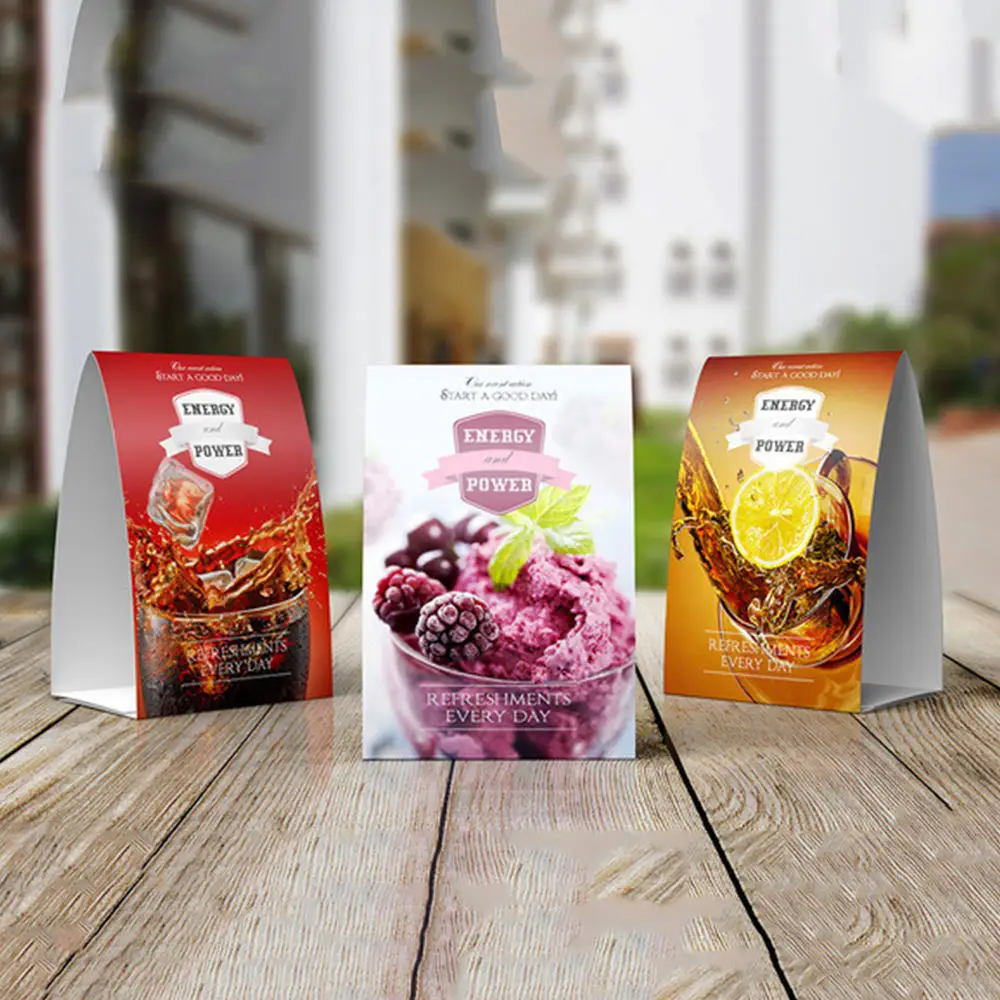
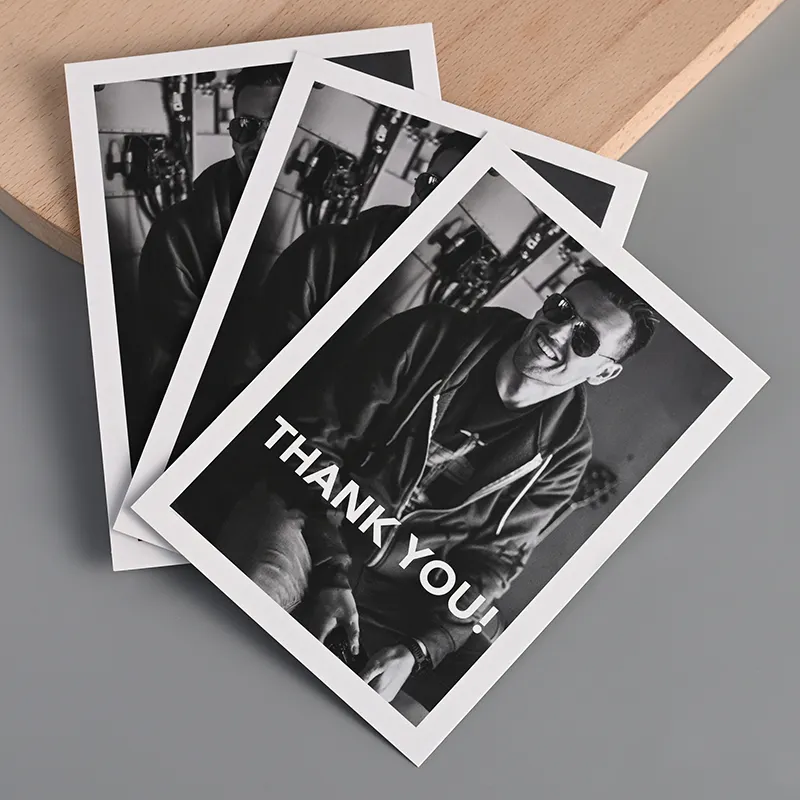


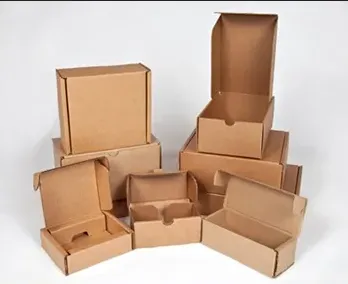
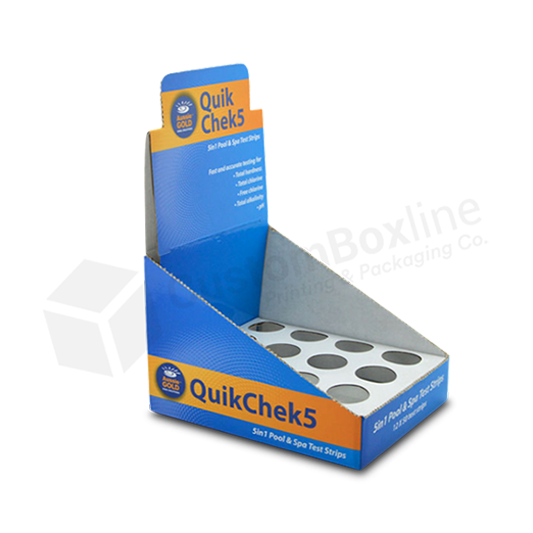
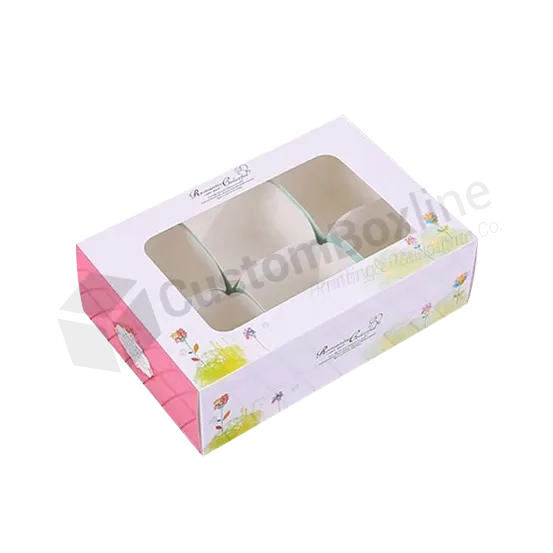

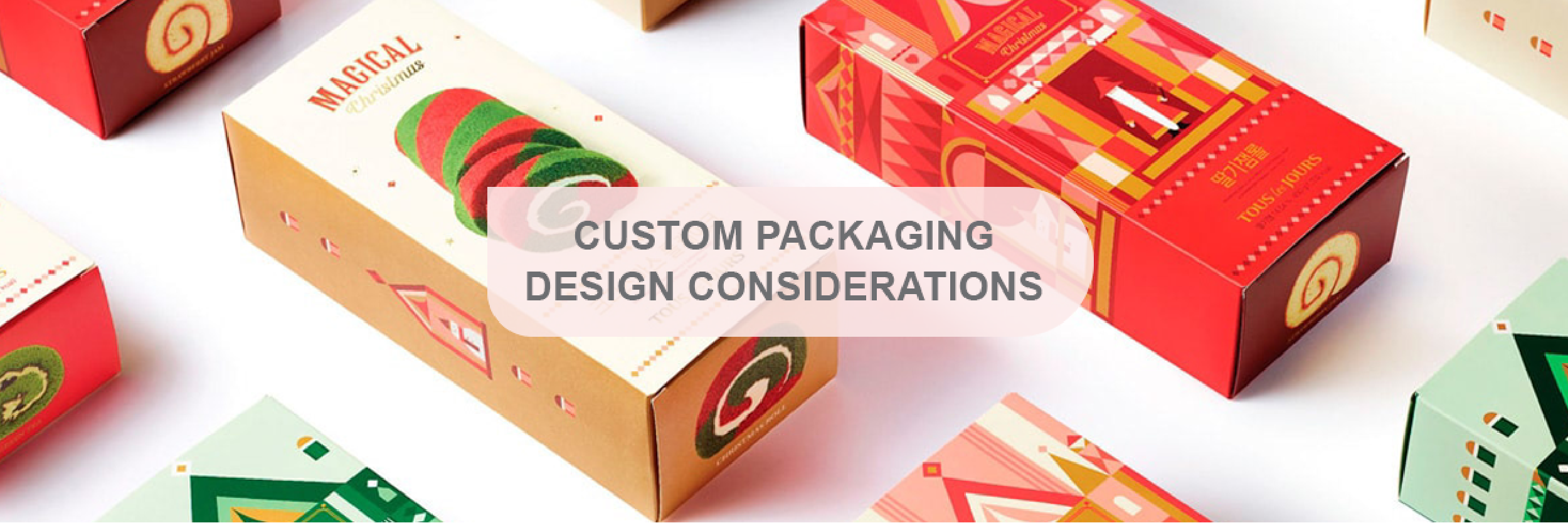
Your email address will not be published. Required fields are marked